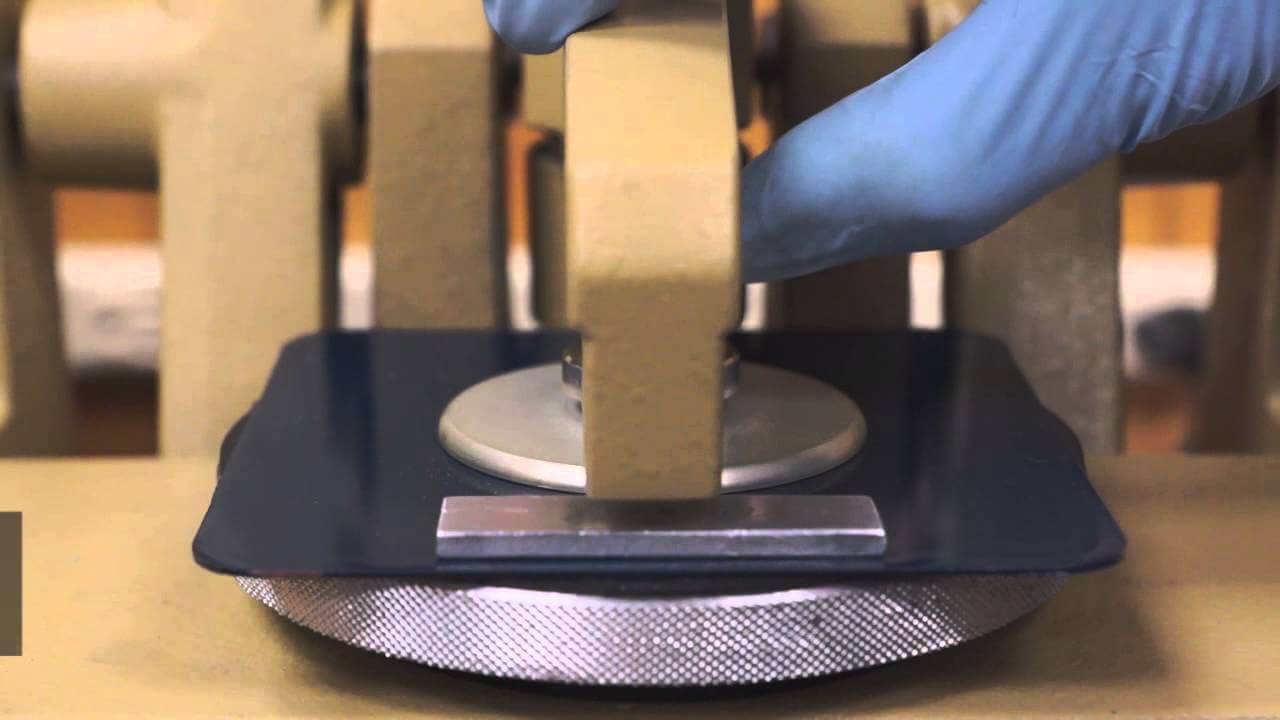When designing a rotary shaft seal, the shaft design is just as important as the seal. The mating hardware has a very significant impact on PTFE shaft seal performance in particular. In this article, we are going to look at what you need to consider when it comes to mating hardware for PTFE seals.
Polymer Bushings: Injection Molded vs. Machined
Polymer bushings can be produced by a variety of methods, such as injection molding, casting, machining, or compression molding. In this post, we are going to compare the pros and cons of injection molded versus machined polymer bushings.
Uses of PEEK within the Reciprocating Compressor Industry
PEEK (polyetheretherketone) is a popular engineering polymer that is used in everything from high-performance bearings to labyrinth seals.
The Five Most Popular Materials for Polymer Bushings and the Strengths of Each
One of the most important design decisions when selecting a bushing is choosing the right material to provide optimum performance. In this blog post, we will look at the five most popular polymer bushing materials PTFE, PEEK, Nylon, Ryton®, and UHMW PE and what they have to offer.
Fillers and Additives to Enhance the Tribological Properties of PTFE
PTFE has the lowest coefficient of friction of any polymer known to mankind. However, once weve added the fillers and additives needed to improve its mechanical properties, it may not have such low friction.
Consider this: virgin PTFE has a coefficient of dynamic friction on the order of 0.04 to 0.06, but adding carbon fiber raises it up to 0.18 and glass can raise it up to 0.5 (yes, about 10x more friction). Fortunately, there are fillers and additives that can improve the coefficient of friction, and we’re going to take a look at some of the more common ones.
MoS 2
One additive that works wonders for bring the coefficient of friction down is Molybdenum disulfide, sometimes referred to in the industry as Moly. When added to PTFE with 15% glass fiber, the coefficient of friction goes from 0.5 to 0.15, which is much closer to virgin PTFE. When added to PTFE, Moly is typically combined with bronze or glass to reduce friction and improve wear characteristics.
Fillers and Additives for Enhancing Mechanical Properties of PTFE
Introduction
In its virgin form, PTFE offers some excellent properties such as extremely low friction and outstanding chemical resistivity. However, it doesnt always have the strength and stiffness needed for applications such as seals or bearings.
Factors That Influence Polymer Bushing Performance: Self-Lubricating and Non-Lubricated – Part 3 in a 3 Part Series
Some applications make bushing lubrication extremely difficult, like food and dairy applications where standard methods of lubrication, such as grease, would often serve as a contaminant risk.
Factors That Influence Polymer Bushing Performance: Speed and Pressure – Part 2 in a 3 Part Series
Two values that are very key to the performance of a polymer bushing are the speed and pressure. In this second article of the series, we are going to review how to determine them and what effect they have on bushing performance.
Speed
Running speed is also called bearing speed or surface speed. How you determine depends on how the bushing is going to be used. If it is a rotary bushing, the equation is:
Factors that Influence Polymer Bushing Performance: Mating Hardware – Part 1 in a 3 Part Series
The mating hardware can make or break the life and effectiveness of a polymer bushing.
The key characteristics of the mating hardware that affect bushing life are the hardness and the surface finish. In this article we are going to discuss the general guidelines for surface roughness, finish, and hardness when using polymer bushings.
Cryogenic Seals for LNG Applications
LNG applications can be challenging, with cryogenic temperatures and extreme temperatures combining to create a nightmare for your typical seal. However, there are excellent, reliable sealing solutions for LNG applications.
- « Previous Page
- 1
- …
- 20
- 21
- 22
- 23
- 24
- …
- 33
- Next Page »


